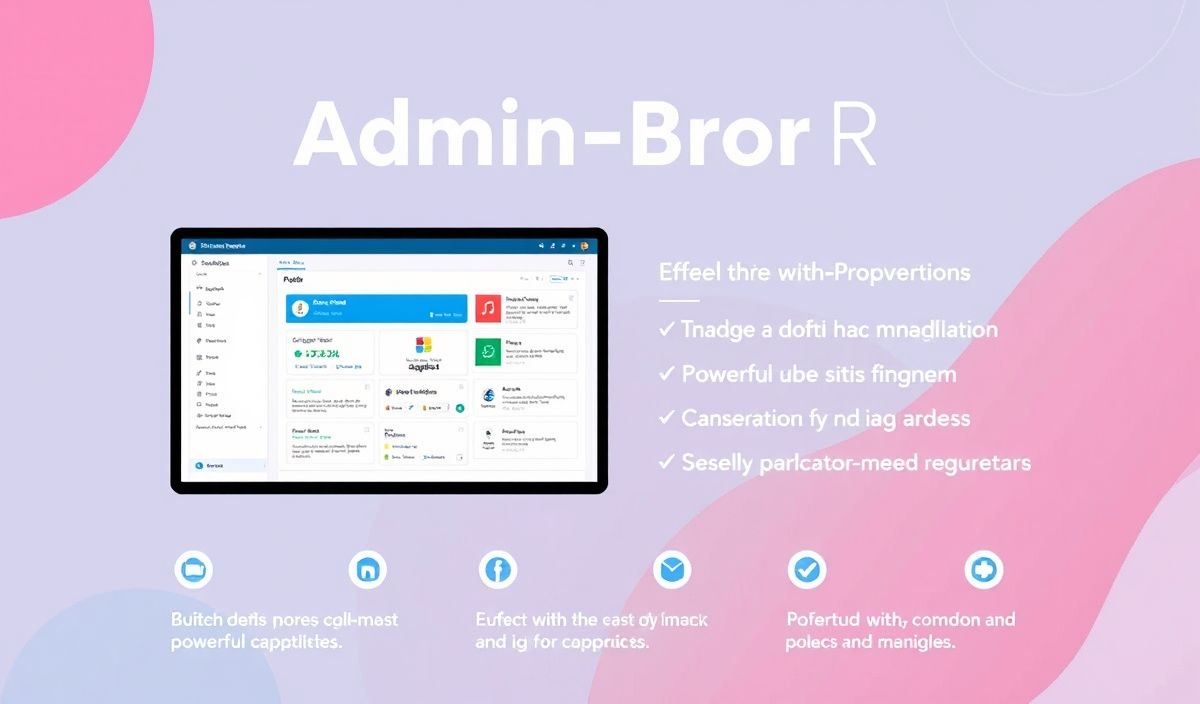Introduction to Yargs
Yargs is a powerful Node.js library that helps developers build interactive command-line tools by parsing arguments and generating an elegant user interface. It’s packed with numerous APIs that simplify the process of handling command-line arguments. Let’s dive into some of the most useful APIs provided by Yargs.
API Examples
1. Basic Usage
const yargs = require('yargs'); const argv = yargs.argv;
console.log('Arguments:', argv); 2. Customizing Help Messages
const yargs = require('yargs');
yargs
.usage('Usage: $0 <command> [options]')
.help('h')
.alias('h', 'help')
.argv;
3. Adding Commands
const yargs = require('yargs');
yargs.command({
command: 'greet',
describe: 'Greet a user',
builder: {
name: {
describe: 'Name of the user',
demandOption: true,
type: 'string'
}
},
handler(argv) {
console.log(`Hello, ${argv.name}!`);
}
}).argv; 4. Working with Options
const yargs = require('yargs');
yargs.options({
name: {
describe: 'Your name',
demandOption: true,
type: 'string'
},
age: {
describe: 'Your age',
demandOption: false,
type: 'number'
}
}).argv; 5. Positional Arguments
const yargs = require('yargs');
yargs.command({
command: 'order <item>',
describe: 'Place an order',
builder: (yargs) => {
return yargs.positional('item', {
describe: 'Item to order',
type: 'string'
});
},
handler(argv) {
console.log(`Ordering a ${argv.item}`);
}
}).argv; 6. Middleware
const yargs = require('yargs');
yargs.middleware((argv) => {
argv.timestamp = new Date();
}).argv;
console.log('Arguments with Middleware:', yargs.argv); 7. Configuration from Files
const yargs = require('yargs');
yargs.config('config', 'Path to configuration file', (configPath) => {
return require(configPath);
}).argv; 8. Example Application
Here’s a simple example application using several Yargs APIs:
const yargs = require('yargs');
yargs
.usage('$0 command')
.command({
command: 'greet',
describe: 'Greet a user',
builder: {
name: {
describe: 'Name of the user',
demandOption: true,
type: 'string'
}
},
handler(argv) {
console.log(`Hello, ${argv.name}!`);
}
})
.command({
command: 'order <item>',
describe: 'Place an order',
builder: (yargs) => {
return yargs.positional('item', {
describe: 'Item to order',
type: 'string'
});
},
handler(argv) {
console.log(`Ordering a ${argv.item}`);
}
})
.help()
.argv;
This simple CLI application allows users to greet someone by name and place orders. It combines command handling, argument parsing, and help message generation.
With Yargs, you can quickly create complex command-line tools with rich interfaces, making your Node.js applications more interactive and user-friendly.
Hash: ecd460d0b4d02d8834937d9b6431adc581806abb36f5d2d368fe8155c96c4bf9




